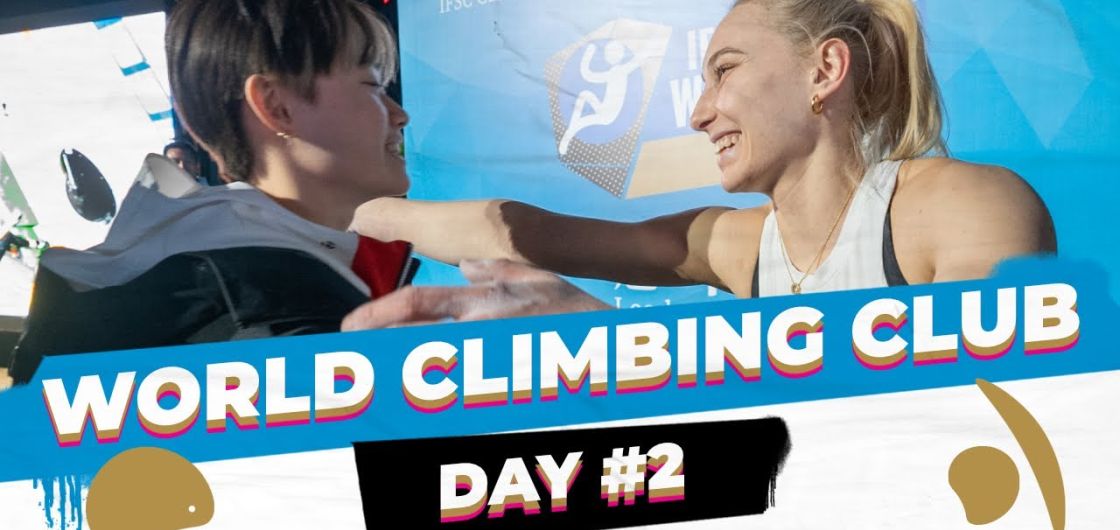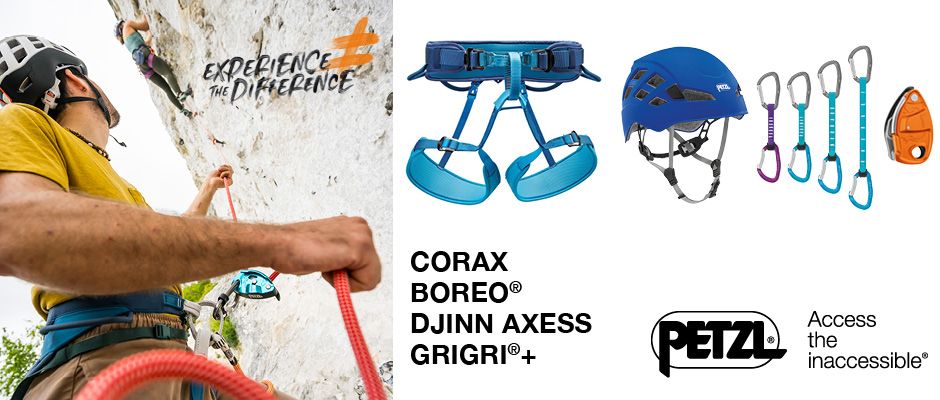IFSC World Cups Kick Off In China
2024 is a massive year for competition climbing. We have the normal World Cup competitions, of course, but also the Paris Olympic Games, where climbing will be included for the first time in a format that makes sense. The three-discipline combined event in Tokyo was an interesting experiment, but only really served to highlight that Speed should take no part in a Combined competition designed to find the best competition climber and is best treated as a discipline on its own. The top speed climbers showed a significant gap in skill and problem solving when competing against the top level Lead and Boulder athletes, who mostly showed a similar lack of aptitude in Speed. Further learnings from Tokyo include revised scoring systems for the Boulder and Lead parts of a combined competition, as hoped for on this site after the debacle in the men's competition in Tokyo, these were tested with excellent outcomes at last year's World Championships. In order for Paris to have qualified athletes, we also have a separate Olympic Qualification Series, which will no doubt lead to some nail-biting drama as athletes desperately try to earn their Olympic ticket.
With that as context, the first Boulder, Lead and Speed World Cups were held over the last week at two locations in China. With everyone's eyes set on Paris, many athletes skipped these competitions in order to focus on peaking at the right time for the qualification series and Paris. Other athletes who have already qualified for Paris, like Janja Garnbret (SLO), turned up just to casually see how their form is compared to the rest of the field before making final adjustments for the Olympics.
Just casually, Garnbret's form looked better than ever. She was slowed by injuries in the pre-season last year, but this year there appears to be nothing holding her back. She was utterly dominant in the Boulder final at Keqiao, and the only athlete to top all four problems. This required just five attempts and included flashing the final boulder, a problem on which no other athlete even made zone, as well as casually campusing through the slopers on a problem which all other athletes had been required to make a series of paddle dynos as the holds appeared to be too slopey to stop on. It was an impressive display, even with the acknowledgement that many of her key competitiors in the Boulder discipline—USA's Natalia Grossman and Brooke Raboutou, France's Oriane Bertone—were not present. Camilla Moroni (ITA) placed second with two tops, while hometown hero Zhilu Luo (CHN) was third with two tops and two zones. The only glimpse of vulnerability in Garnbret's form was that she had one misfire on P3, requiring two goes and Zhilu Luo did flash this problem.
In the Men's Boulder, the qualification was rained off, meaning that round was delayed and re-staged as the semi. With the normal semifinal round of 20 athletes going into the final (which was held in the standard semifinal format). This meant a lot of athletes on stage at the same time and the scoring in the final couldn't really keep up with the climbers. In the final shakedown, Tomoa Narasaki (JPN) emerged victorious. The top six all finished with two tops, so zones and attempts made the difference. Narasaki flashed his two tops and got the other two zones on first attempt too, so others would have to have equalled that and qualified higher (only Toby Roberts [UK] and Sorato Anraku [JPN] qualified higher) or got an extra top to go ahead. Anraku came very close, he was the only athlete to top the hardest boulder, P3, but then failed to top the final boulder, a slab, which was topped by all the others in the top six. It seems the precocious youth still has some tricks to learn after all. Anraku settled for second with the same score as Narasaki, but twice as many attempts to both top and zone. Third went to another sensation from last year, Belgium's slab king Hannes van Duysen, with two tops and three zones.
Lead quickly followed suit, a few days later and just to the north in Wujiang. In the men's final, Toby Roberts and Taisei Homma (JPN) both fell at 36+, with Roberts taking the victory on count back to the semi round. Sorato Anraku showed his Lead from is still in a good place too, finishing third. It is worth noting that five out of the nine finalists were Japanese and that Hannes van Duysen was the other Boulder podium finisher to make the Lead final (he finished sixth), so he seems to have made good progress on his all around fitness looking forward to Paris (if he can qualify).
In the women's final, Chaeyun Seo (KOR) and Zhilu Luo fell at a hard section around the 43/44 move mark to place third and second. Luo was a repeat finalist from Keqiao, so if she can nab the final Olympic qualification spot open to Chinese women then she looks to have good form. Victory went to an again-dominant Janja Garnbret, who eased through the tough section that accounted for the others and stormed her way to the top. A second gold medal in Paris already looks hers to lose, but it'll be great watching seeing the others try to push her and you just never know in sport.

